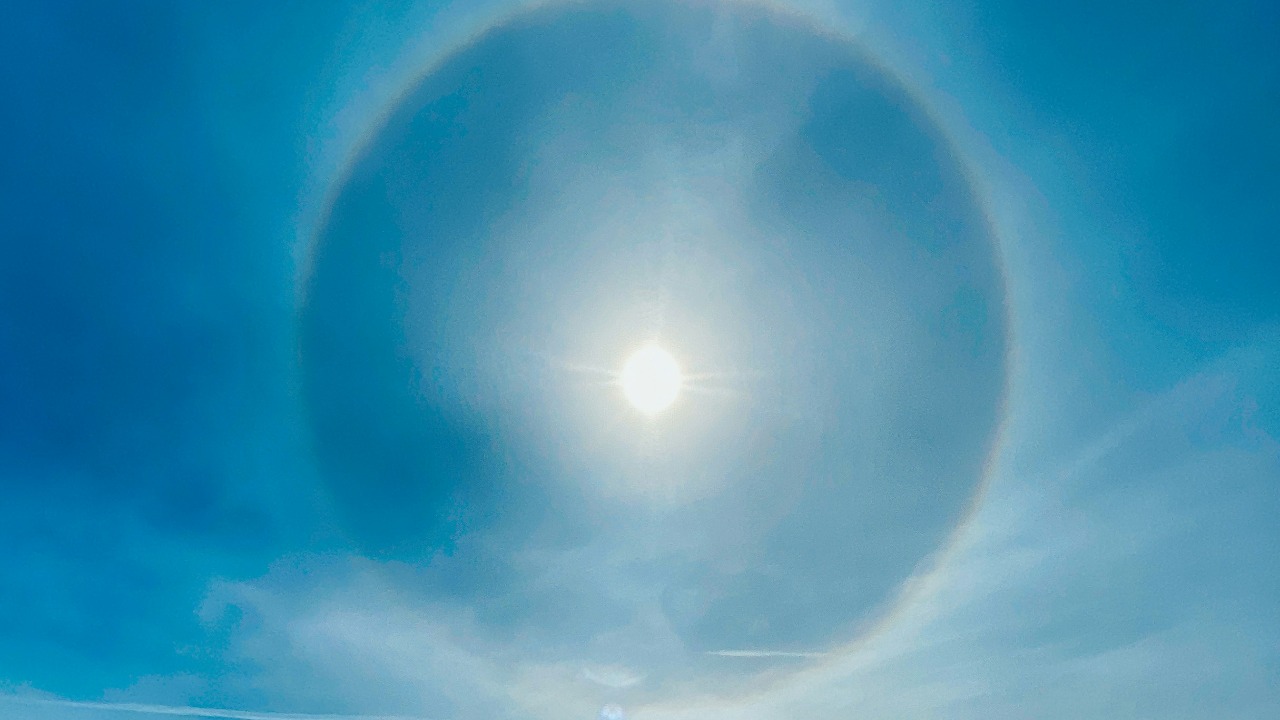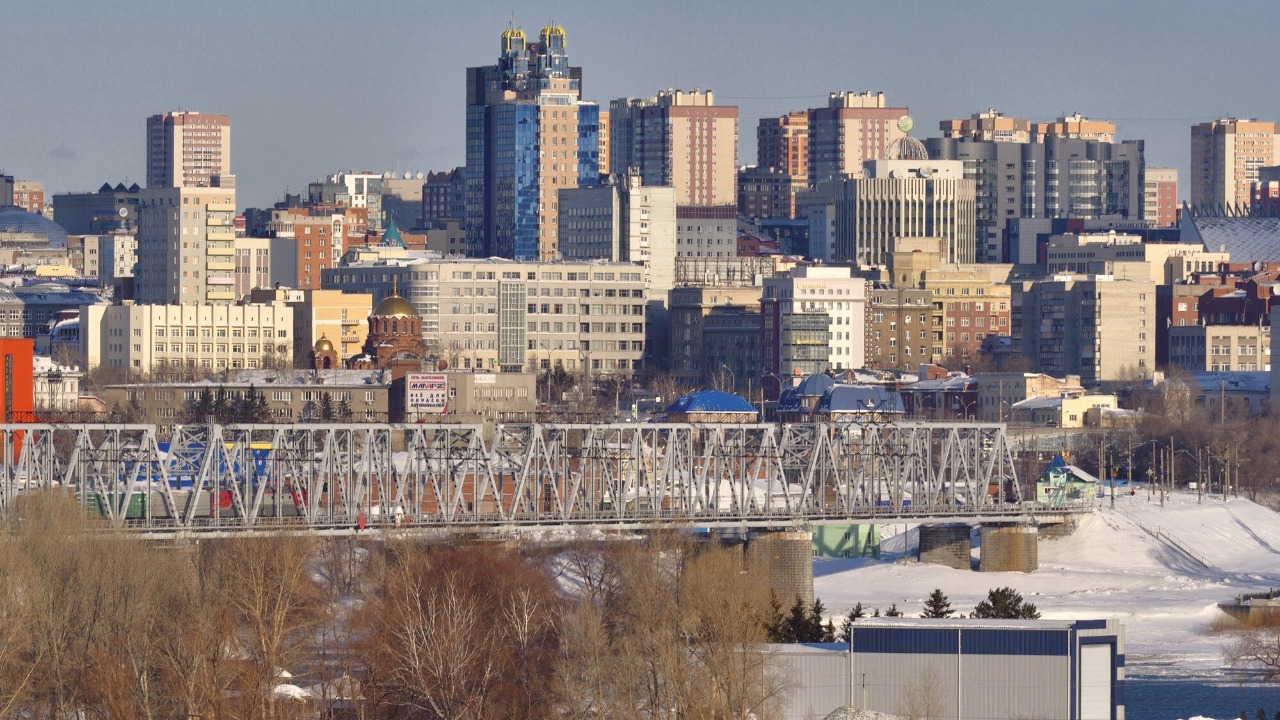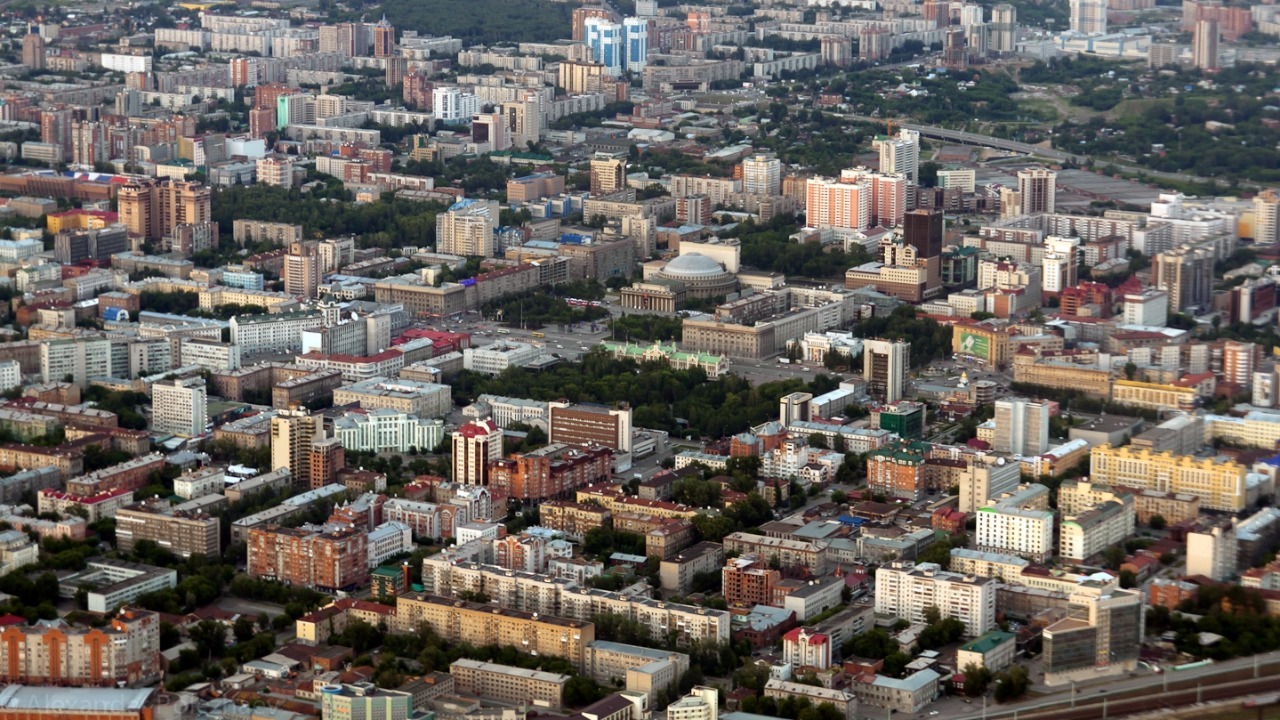
In recent years, Siberia has become a focal point for mysterious sky phenomena that have sparked lively debate among scientists, conspiracy theorists, and the general public. With sightings of strange lights and portal-like formations, questions arise about the potential causes and implications of these anomalies. Delving into the various theories and scientific investigations surrounding these enigmatic occurrences reveals a complex interplay of natural phenomena, cultural narratives, and speculative theories.
The Phenomena Unveiled

Reports from Siberia detail a series of peculiar sky anomalies that continue to intrigue and mystify observers. Witnesses describe seeing bright, colorful lights, often arranged in circular or spiral formations, that appear suddenly and linger in the sky before dissipating. Photographic evidence and video footage have surfaced, capturing these dazzling displays and adding to the growing archive of unexplained phenomena from the region. One particularly notable event occurred over the village of Salekhard, where residents reported seeing a swirling blue and green light that hovered in the night sky for several minutes before vanishing.
These anomalies are characterized by their varied shapes, sizes, and colors, which often include vibrant blues, greens, and reds. The duration of these occurrences can range from a few seconds to several minutes, leaving ample time for witnesses to observe and document them. To provide context, comparisons can be drawn to historical sky anomalies recorded in other parts of the world, such as the mysterious lights reported in Hessdalen, Norway, and the Marfa Lights in Texas. These comparisons suggest that while Siberia may be a current hotspot, similar phenomena have intrigued and confounded observers globally for decades.
Scientific Explanations and Skepticism

In an attempt to demystify these occurrences, scientists have proposed several natural explanations. Auroras, meteorological events, and atmospheric optics are often cited as potential causes. The auroras, with their vivid displays of color, are a natural phenomenon resulting from charged particles colliding with the earth’s atmosphere, often visible in high-latitude regions like Siberia. Additionally, unusual weather patterns and rare atmospheric conditions can create optical illusions that appear otherworldly.
Astronomers and meteorologists, engaged in studying these Siberian sky anomalies, face unique challenges. The remote and vast geography of Siberia makes on-site investigation difficult, and the transient nature of the phenomena complicates data collection. Despite these hurdles, researchers remain committed to understanding these occurrences. However, the limitations of current scientific tools and methods mean that, for now, some events remain unexplained, fueling further speculation and intrigue.
Portal Theories and Conspiracy Narratives

Amidst scientific inquiry, alternative theories have emerged, captivating the imagination of many. Some speculate that these anomalies are evidence of portal-like phenomena, potentially linked to other dimensions or parallel universes. These theories are often rooted in cultural and historical influences, drawing on ancient myths and folklore that speak of gateways to other worlds.
Conspiracy theories also abound, ranging from extraterrestrial involvement to secret government experiments aimed at testing advanced technologies or weapons. Social media and internet forums play a pivotal role in spreading and amplifying these narratives, providing a platform for believers to share experiences and theories. The viral nature of these discussions further entrenches the idea that what science cannot yet explain might have otherworldly origins.
Cultural and Psychological Impacts

The impact of these sky anomalies extends beyond scientific curiosity, influencing local culture and belief systems. In Siberia, such phenomena have been woven into folklore, with tales of celestial events often linked to omens or messages from the divine. These cultural narratives provide a framework for interpreting and understanding the inexplicable, shaping community responses and beliefs.
For individuals who witness these events, the psychological effects can be profound. Reactions range from fear and anxiety to awe and wonder, as people grapple with the implications of what they have seen. Media coverage and public discourse further shape these perceptions, with sensationalist headlines often exacerbating fears or fueling conspiracy theories. The interplay between media, culture, and personal experience highlights the complex ways in which sky anomalies are perceived and understood.
Future Research and Exploration

As interest in Siberian sky anomalies grows, so too does the call for more rigorous scientific investigation. Proposed studies aim to leverage technological advancements, such as satellite imaging and remote sensing, to monitor and analyze these phenomena with greater precision. Collaborations between international research teams could facilitate a multidisciplinary approach, integrating insights from astronomy, meteorology, and folklore studies to build a comprehensive understanding of these events.
Ultimately, the mystery of the Siberian sky underscores the importance of interdisciplinary research and open-minded inquiry. By combining scientific rigor with cultural sensitivity, researchers hope to unravel the secrets of these captivating anomalies, paving the way for new discoveries and insights into the natural world. As technology continues to evolve, the potential for uncovering the truth behind these enigmatic phenomena becomes increasingly attainable, promising to shed light on one of the great mysteries of our time.